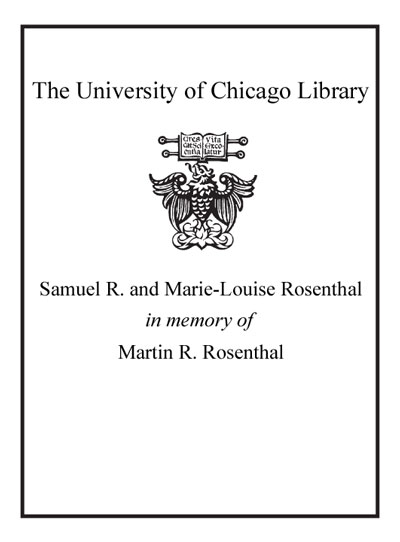Unification grammars /
Saved in:
| Author / Creator: | Francez, Nissim. |
|---|---|
| Imprint: | New York : Cambridge University Press, 2012. |
| Description: | xii, 312 p. : ill. ; 24 cm. |
| Language: | English |
| Subject: | |
| Format: | Print Book |
| URL for this record: | http://pi.lib.uchicago.edu/1001/cat/bib/8537183 |
Table of Contents:
- Preface
- Acknowledgments
- 1. Introduction
- 1.1. Syntax: the structure of natural languages
- 1.2. Linguistic formalisms
- 1.3. A gradual description of language fragments
- 1.4. Formal languages
- 1.5. Context-free grammars
- 1.6. CFGs and natural languages
- 1.7. Mildly context-sensitive languages
- 1.8. Motivating an extended formalism
- 2. Feature structures
- 2.1. Motivation
- 2.2. Feature graphs
- 2.3. Feature structures
- 2.4. Abstract feature structures
- 2.5. Attribute-value matrices
- 2.6. The correspondence between feature graphs and AVMs
- 2.7. Feature structures in a broader context
- 3. Unification
- 3.1. Feature structure unification
- 3.2. Feature-graph unification
- 3.3. Feature structure unification revisited
- 3.4. Unification as a computational process
- 3.5. AFS unification
- 3.6. Generalization
- 4. Unification grammars
- 4.1. Motivation
- 4.2. Multirooted feature graphs
- 4.3. Abstract multirooted structures
- 4.4. Multi-AVMs
- 4.5. Unification revisited
- 4.6. Rules and grammars
- 4.7. Derivations
- 4.8. Derivation trees
- 5. Linguistic applications
- 5.1. A basic grammar
- 5.2. Imposing agreement
- 5.3. Imposing case control
- 5.4. Imposing subcategorization constraints
- 5.5. Subcategorization lists
- 5.6. Long-distance dependencies
- 5.7. Relative clauses
- 5.8. Subject and object control
- 5.9. Constituent coordination
- 5.10. Unification grammars and linguistic generalizations
- 5.11. Unification-based linguistic formalisms
- 6. Computational aspects of unification grammars
- 6.1. Expressiveness of unification grammars
- 6.2. Unification grammars and Turing machines
- 6.3. Off-line parsability
- 6.4. Branching unification grammars
- 6.5. Polynomially parsable unification grammars
- 6.6. Unification grammars for natural languages
- 6.7. Parsing with unification grammars
- 7. Conclusion
- Appendix A. List of symbols
- Appendix B. Preliminary mathematical notions
- Appendix C. Solutions to selected exercises
- Bibliography
- Index

